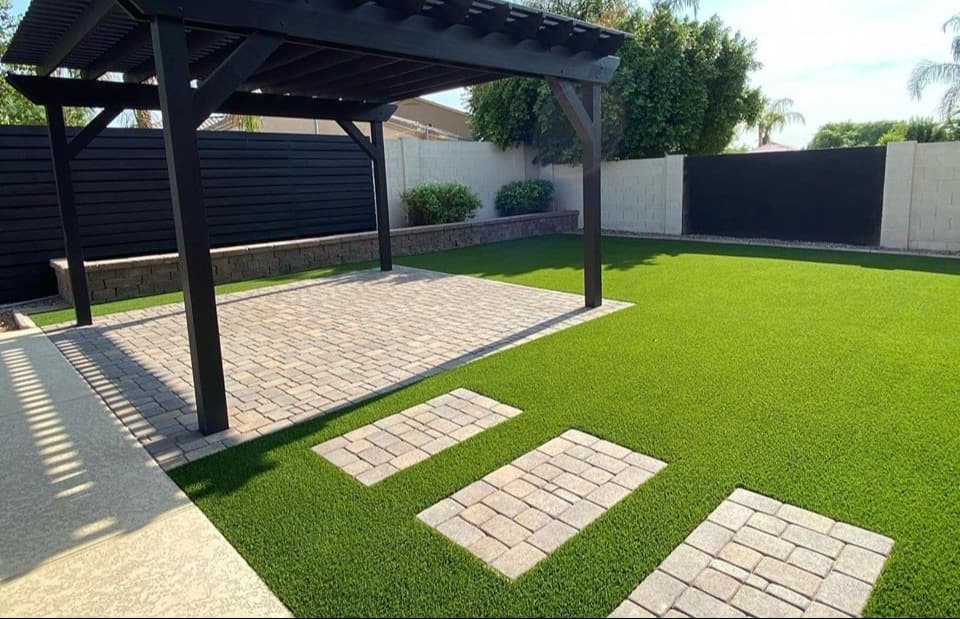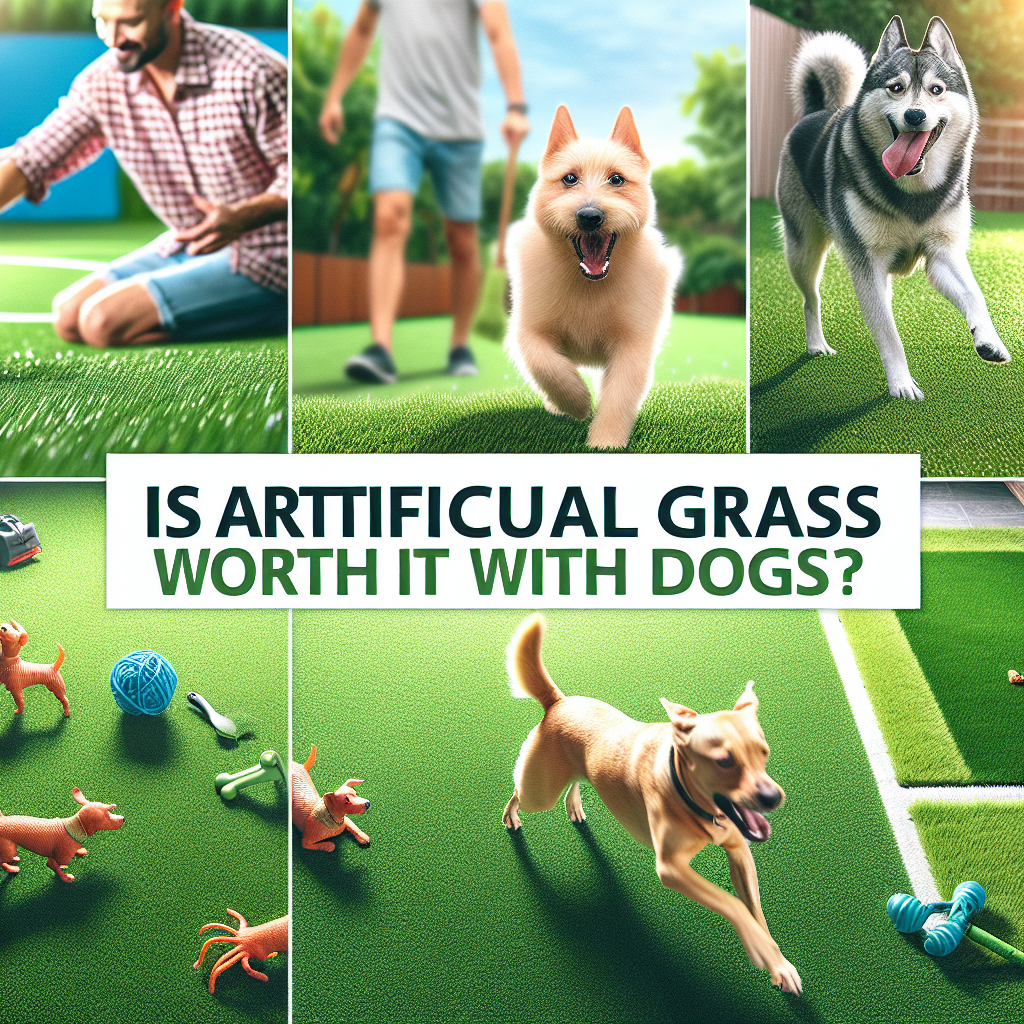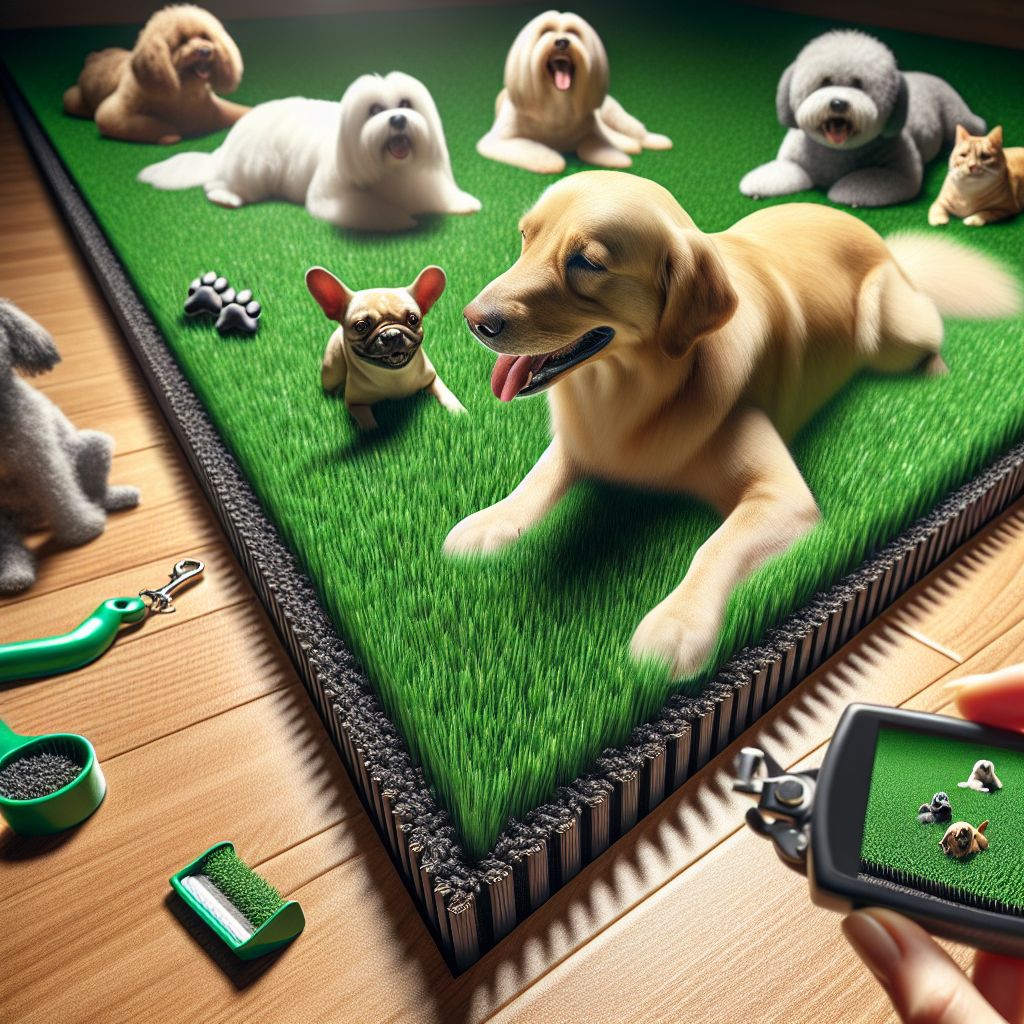
Imagine a lush green haven in your backyard where your dog can frolic freely without worrying about mud, pests, or wear and tear. This dream can become a reality with artificial grass designed specifically for pets. However, the foundation you lay beneath this turf plays a crucial role in ensuring its longevity and hygiene. So, what is the best thing to put under artificial grass for dogs? Let’s delve into the details.
Think of the underlayment as the bedrock of your artificial grass setup. Just like a solid foundation is vital for a sturdy home, the right base materials ensure your turf remains pristine and functional. A well-prepared base prevents issues such as sinking, uneven surfaces, and poor drainage. Moreover, it acts as a barrier against odors and bacteria, making it essential for any dog-friendly yard.
Crushed stone is often hailed as the ideal base material for artificial grass. Its angular shape allows for excellent compaction, ensuring a stable and firm surface. Moreover, it facilitates superior drainage, preventing puddles and muddy spots from forming. Think of crushed stone as the unsung hero that supports the lush greenery above.
Decomposed granite is another favorite among landscape enthusiasts. Its fine texture and compactable nature make it an excellent choice for creating a smooth and level base. Additionally, it offers good drainage properties, ensuring that your pet’s play area remains dry and odor-free.
Underneath the gravel or granite base, consider laying a layer of geotextile fabric. This fabric acts as a weed barrier, preventing unwanted growth from disrupting the turf surface. It also aids in separating the soil from the base material, enhancing overall stability.
Start by excavating the designated area to a depth of around 4-6 inches. This excavation will accommodate the base materials and ensure the turf sits at the desired level.
Begin with a layer of geotextile fabric, followed by crushed stone or decomposed granite. Compact each layer meticulously using a plate compactor to achieve a solid foundation. The goal is to create a stable, even surface that will support the artificial grass effectively.
When installing the artificial grass, ensure the seams are tightly secured and infill material is evenly distributed. This step not only enhances the appearance but also provides additional cushioning for your pets.
Maintaining an artificial lawn for dogs is relatively simple compared to natural grass. Regularly rinse the turf with water to remove any residues and prevent odors. An enzyme cleaner can also be used to tackle stubborn stains and bacteria. Routine brushing helps maintain the grass blades’ upright position, keeping the lawn looking fresh and inviting.
For more detailed insight on designing an ideal backyard with artificial grass, you can explore our comprehensive guide on perfect backyard designs with artificial grass.
Drainage prevents water accumulation, which can lead to unpleasant odors and bacterial growth. A well-drained area ensures your pet’s play space remains clean and dry.
While DIY installation is possible, professional installation ensures optimal results and longevity. Experts can offer insights on proper base preparation and turf placement.
Simply rinse the area with water to remove residues. For deeper cleaning, use an enzyme-based cleaner designed for pet areas to eliminate odors and bacteria.
Creating a dog-friendly backyard with artificial grass is akin to crafting a paradise for your furry friend. By selecting the right base materials and following proper installation techniques, you ensure a durable, hygienic, and visually appealing play area. Remember, a solid foundation beneath your artificial turf is key to achieving lasting beauty and functionality. Ready to transform your backyard? Discover more tips on our landscaping page.


